Featured in The better india
“In the last five years, the investments into the agricultural space has been very encouraging. This validates that agriculture is not considered all that risky as some understand it.”
n 15 May 2020, the Central government announced major reforms that could completely reconfigure the agriculture sector in India as we know it.
According to finance Minister Nirmala Sitharaman, these far-reaching reforms are part of an 11-point action plan to revive the sector, build efficient value chains and ensure better incomes for farmers. These reforms will also ensure better quality products for consumers as well without burning a hole in their pockets, she claims.
In this announcement, three reform measures stood out.
-Amendments to the Essential Commodities Act (ECA) of 1955.
-Introduction of a central law allowing farmers to see their produce to anyone outside the APMC (Agricultural Produce Market Committee) mandi yard and ensuring seamless trade across state borders.
-Establishing a legal framework to facilitate contract farming, where buyers can assure farmers a price for their produce at the time of sowing.
“Soon after the lockdown was announced, the agriculture supply chains completely broke down for the first few days. So, while it may have taken a pandemic for the government to announce these reforms, they have been long pending and the system definitely required a shake-up to restore these supply chains at the earliest,” says Anilkumar SG, CEO of Samunnati Financial Intermediation & Services, which works with 500 farmer producer organisations (FPOs) and 400 private agri-enterprises, to The Better India.
Since agriculture is a State subject, these reforms would have to be taken up by the respective State governments. The moment that happens, the ability of formal and organised players coming into this space will receive a boost.
“In the last five years, the investments into the agricultural space has been very encouraging in terms of flow of private capital. This validates that agriculture is a viable proposition and is not considered to be all that risky as some understand it. These reforms intended to open up the agriculture sector in India are thus very important,” he adds.
Amending the Essential Commodities Act
The ECA was introduced at a time when India was beset by massive food shortages owing to famines or wars. It was a law to prevent hoarding and blackmarketing of essential commodities like food grains and ensure food security.
“Today, India is the largest exporter of rice in the world and the second-largest producer of both wheat and rice, after China. Our granaries are overflowing. But our legal framework is of the 1950s, which discourages private sector investment in storage, as the ECA can put stock limits on any trader, processor or exporter at the drop of a hat. As a result, the country lacks storage facilities, which hurts both the farmers and customers.” notes Ashok Gulati, a long-time observer of the agriculture sector, in a recent column.
“Ideally, when prices are high because of less production, farmers should have a chance to get the money back they lost in the previous year. Here the ECA comes in the way, saying that a trader cannot store more than a certain amount and they have to sell it immediately. The ECA has outlived its original utility because in most commodities, production levels are reasonably good. Continued controls are actually hurting the farmer,” argues N Srinivasan, an international consultant and expert on Indian agriculture, to The Better India.
Reports indicate that the ECA will be amended to get rid of punitive measures like preventive detention, confistication of vehicles and attachment of properties of suspected hoarders and black marketers. Though this sounds like encouragement to hoard, in the current context, it’s actually a smart thing – provided the market is opened to more private players. Stock limits will only be imposed under ‘exceptional circumstances’.
If the government manages to work out the finer details with the right intent, these amendments have the potential for clearing out roadblocks that would help both farmers and consumers, besides addressing the issue of price volatility. This will also prevent wastage of farm produce that occurs as a consequence of poor storage facilities.

Dismantling Monopolies of Age-Old APMCs
With these reforms, the government has also set in motion plans to dismantle the decades-old monopolies of state-run APMCs, that were often blamed for unfair trading, and had become a barrier for farmers to get a fair price on their produce.
“Unlike other commodities, agricultural products cannot be transferred freely throughout the country without being subject to state-specific restrictions. Markets in agricultural food products are governed by legal requirements or restrictions which were put in place with the intention of creating markets (such as APMCs) but have had the effect of keeping markets non-competitive, segregated and localised,” note economists at the National Institute of Public Finance and Policy (NIPFP) in a recent blog post.
“State-backed APMCs and regulations surrounding them have become centres for vested interests like the commission agents, mandi agents and the wholesalers. These are the guys who actually ran the market because the farmer doesn’t sit there everyday. These are people, who have their own interests, aren’t working the way they were originally intended,” says Srinivasan.
In 95% of the APMCs, the trade between the farmer and the person who buys in the mandi is not geared to help the farmer. There is also a market fee they need to pay to the APMC and additional paperwork.
Many mandis also do not display the prices that goods are being transacted at. Many times, the commission agent and the wholesaler decide the price in secret, and then tell the farmer a ‘final’ price. The farmer may or may not know the minimum support price (MSP), and may sell under pressure.
The methods used to assess quality are also sub-par. Someone will put a hand in the bag and say that there is some moisture or there are too many stones in this or these mangoes are much smaller than the other – and a price is decided. There are no standard methods. Why don’t farmers simply sell elsewhere? Or at a later time? To put it simply current regulations prevent farmers from selling in the free market. And with no storage facilities, a farmer with fresh produce has to sell it that day itself, before it rots.
Currently, private players have few ways to buy from farmers directly. They mostly have to come to the APMC and buy or they have to take a waiver from the APMC. These are all subject to other undesirable practises, and it is a kind of a License/Permit Raj. The buyer has to make some extraordinary plans if he has to procure under these circumstances.
Various State governments have already made progress in de-listing fruits and vegetables governed under their respective APMC laws like Assam, Meghalaya, Uttarakhand, Andhra Pradesh. Some states like Kerala and Bihar don’t even have APMC Acts. In fact, Bihar repealed its APMC Act way back in 2006 and privatised their agro-marketing infrastructure.
Nonetheless, according to economists at NIPFP, these reforms have done barely anything to change the ‘APMC is the only buyer’ situation. Instead of encouraging the emergence of a “competitive national market”, they have just de-listed some fruits and vegetable products out of the APMC’s ambit.
The APMCs hinder in a thousand ways – big and small. For example, even when farmers band together to make farmer producer organisations (FPOs) that sell in huge volumes, in many States they still have to go to the APMC, obtain a license, pay a fee, etc. The APMC does nothing for the FPOs. The FPOs market their farm goods themselves, do the price discovery and negotiate with the buyer. There is no facility given by the APMC.
All of this must go. Changes in the regulations now will hopefully make it much easier for organised farmers.
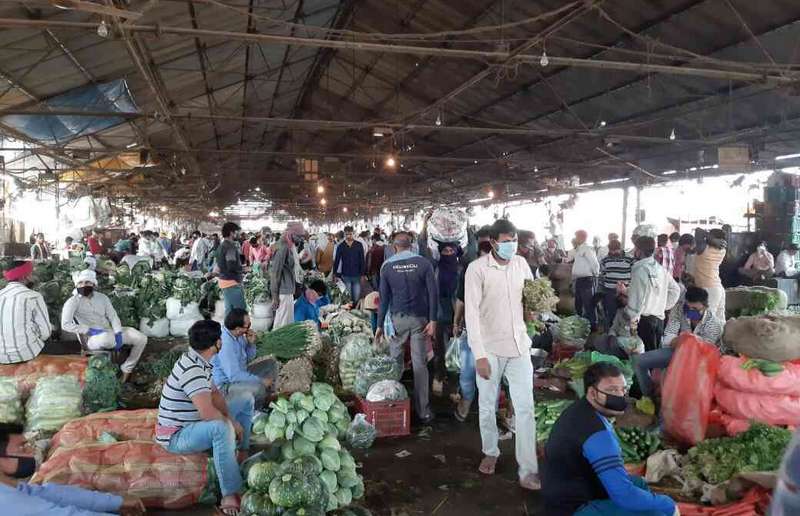
Allowing farmers to Buy and Sell to Anyone
“The proposed Central law to allow farmers to sell to anyone outside the APMC yard will bring greater competition amongst buyers, lower the mandi fee and the commission for arhatiyas (commission agents) and reduce other cesses that many state governments have been imposing on APMC markets. India will have one common market for agri-produce,” adds Ashok Gulati in his column for The Indian Express.
How does a ‘one market’ help? Take Corn (a.k.a Maize).
“Maize is an important raw material in food processing, poultry, dairy, meat and ethanol industry and along with its traditional uses makes it one of the fastest growing cash crops in the world,” notes this 2014 document on Maize by FICCI, KPMG and NCDEX. It is used as an ingredient in around more than 3,000 products.
Maize is produced all through the year in South and Central India, besides states like Bihar. But in different places and at different intervals. Processing units require it throughout the year.
So there is always a massive difference in supply, demand and availability. Farmers in Bihar, for example, sell their produce at a lower price locally, while the processing unit in Namakkal, Tamil Nadu pays a higher price for it all year round. This gap can be bridged if inter-state trading is allowed.
“This is the ‘democratisation’ of the Indian farmer. These reforms have the potential of opening up a lot of private mandis that are far more efficient, automated and mechanised replacing age-old practices in state-sponsored mandis.” argues Anilkumar.
However, critical to all this is the availability of storage and warehousing infrastructure in rural India. The creation of the National Agriculture Market or eNAM, which is an online trading platform for agricultural commodities across India, founded in April 2016, has the potential for establishing a competitive national market for farm produce across state lines.
The establishment of eNAM can bolster the usage of electronic negotiable warehouse receipts (e-NWR).
So, what happens here?
After the farmer deposits his goods at a Warehousing Development and Regulatory Authority (WDRA) accredited warehouse, he receives an E-NWR, an electronic document validating that the farmer has X quantity and Y quality stored at this warehouse. Farmers can use it as collateral to acquire finance for buying inputs without having to physically deposit the produce with the lender or trade it without physically transferring it.
This receipt allows the holder for better price discovery in electronic markets since the quality and quantity of the goods is assured by WDRA, the regulator. The farmer can wait for the right price before selling. If a buyer from another state wants to buy this produce, this receipt helps facilitate the trade. The accredited warehouse is just like a safe for the produce. But who facilitates the sale to a buyer offering the best price?
What happens in an E-NWR, which falls under repositories regulated by WDRA like the National E-Repository Limited (NERL)/CDSL Commodities Repositories Ltd (CCRL), is that once farmers deposits the goods in the WDRA-approved warehouse, they will receive electronic credit of their commodity in their beneficiary account based on the quality and quantity of produce deposited.
When farmers need to withdraw the goods, they can take them out. They can also partially/completely (depending on the minimum lot size) sell the goods through various future/spot market platforms offered by commodity exchanges. At the NCDEX futures platform (if the warehouse is located within NCDEX delivery centre), NERL will debit the E-NWR from the farmer’s account and will credit it in the buyer’s account.
The custody of goods moves to the buyer through the exchange. NCDEX-approved Warehouse Service Providers (WSPs) will be responsible for the quality, quantity and upkeep of those goods.
“In NCDEX you can deposit and sell E-NWR at one place, and buy the same quality and quantity (if available) from a different place deposited by someone else. It’s like you sell an old car at one place, and buy a similar car from anywhere else as long as the value remains the same. This will bring a lot of credibility to the warehouse receipt financing process and bring in many more players who cannot handle physical goods. That’s what makes the futures and commodities markets in agro produce meaningful,” notes Anilkumar.
How will these reforms help in strengthening these storage and warehousing processes?
The reason why a smallholder farmer does not go to a nearby mandi or warehouse is by nature their landholding is fragmented and the quantum of harvest is not good enough to justify the cost of hiring the vehicle, going to the warehouse, storing it, obtaining finance and coming back.
Since you’re now looking at private mandis coming in, there could be smaller warehouses in multiple places rather than large central or state warehousing corporation warehouses.
“That’s where FPOs bring in such a huge potential because they can aggregate the produce, make it into a lot that can then be stored or also transported with the cost of transportation being shared. All of this has to come together in a concerted manner so that the produce is not sold soon after harvest, since that’s the time when prices are mostly at their lowest,” argues Anilkumar.
According to Moneycontrol, the government will come out with a regulatory framework to ensure farmers get to know about the indicative market price of their produce at the time of sowing. Details are not known yet, but experts believe this move could result in a well-regulated national futures market for vegetables for indicated prices, enabling farmers to gauge costs and incomes right ahead of sowing.

Contract Farming
This part of the reform announcement has received a lot of positive press. Prima facie, the assurance of a price to the farmers at the time of sowing will help them take cropping decisions based on forward prices. Usually, farmers refer to last year’s prices and take sowing decisions. This system could minimise their market risks.
However, none of this works, if organised private players and big buyers like organised retailers, exporters and processors approach individual small farmers. It’s just not an efficient proposition. Farmers will need to come together, aggregate their produce and build farmer producer organisations (FPOs) based on their local commodity interests.
“This will help ensure uniform quality, lower transaction costs, and also improve the bargaining power of farmers vis-à-vis large buyers. NABARD has to ensure that all FPOs get their working capital at 7 per cent interest rate — a rate that the farmers pay on their crop loans. Currently most of them depend on microfinance institutions and get loans at 18-22 per cent interest rates. This makes the entire business high-cost,” notes Ashok Gulati.
Although the Centre promises to create a legal framework for it, a major concern has always been the enforcement of that contract between an FPO and a private corporation.
Among things that can go wrong between a group of farmers and a corporation that has contracted them include:
-What is grown does not match the corporate’s requirements at the end of the harvest season. This is an ever-present issue since one can’t predict a natural product year-on-year.
-A bumper crop causes prices to crash. So now the corporate feels it should not have to pay the original price, and can instead buy what it needs from the open market for much cheaper.
-Or the reverse. For some reason prices skyrocket during the harvest, and now the farmer feels the sale to the corporate is not as profitable as an open market sale.
Any structure in contract farming needs to address all of these concerns.
It also has to be linked to the prices in the spot market, and that’s where the futures and options can play a significant role in hedging the price risk for both buyer and seller.
For example, there needs to be an insurance contract in two dimensions—if there is a natural catastrophe or a production glut. Also rather than open-ended contracts, another idea is to ensure farmers are guaranteed a minimum amount with every contract—if they follow all the requirements (sourcing of seeds, other inputs or credit, etc.) set by the private player.
So contract farming is good, but the rules need to be defined.
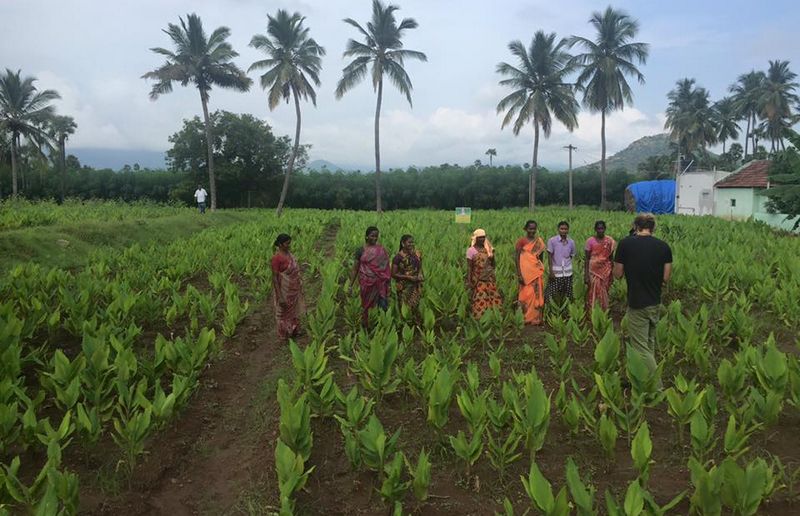
Conclusion
“Yes, reforms have been announced that are beneficial to farmers and private players like us who are trying to positively impact their lives. But only the next six months will show us how they are executed,” says Rohan Patnaik of Kamatan, which works with FPOs to build inclusive and sustainable agriculture value chains.
In other words, we will have to wait for the fine print and see how these reforms play out before passing judgement on them. These are great steps in theory, but the devil always lies in the detail.
(Edited by Gayatri Mishra & Vinayak Hegde)

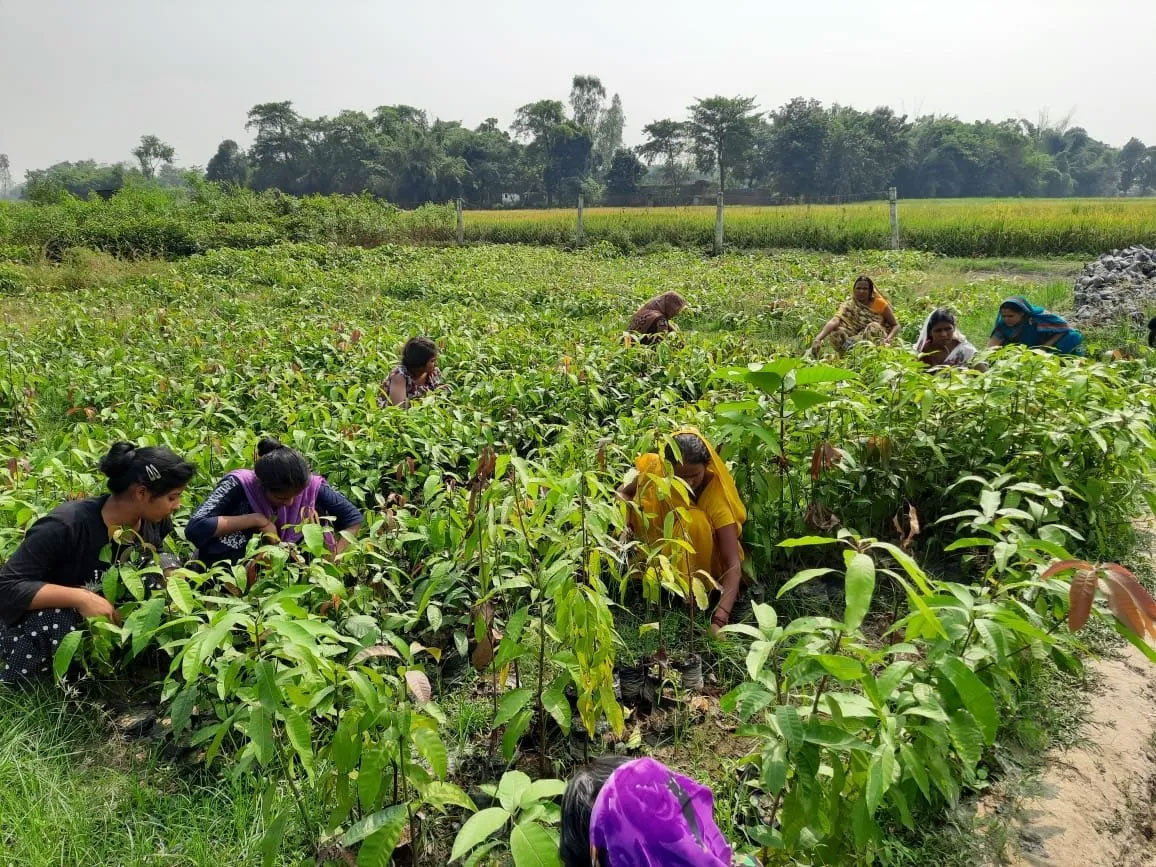

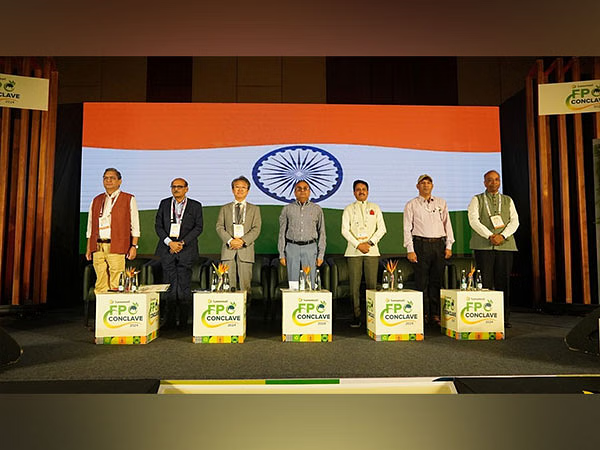
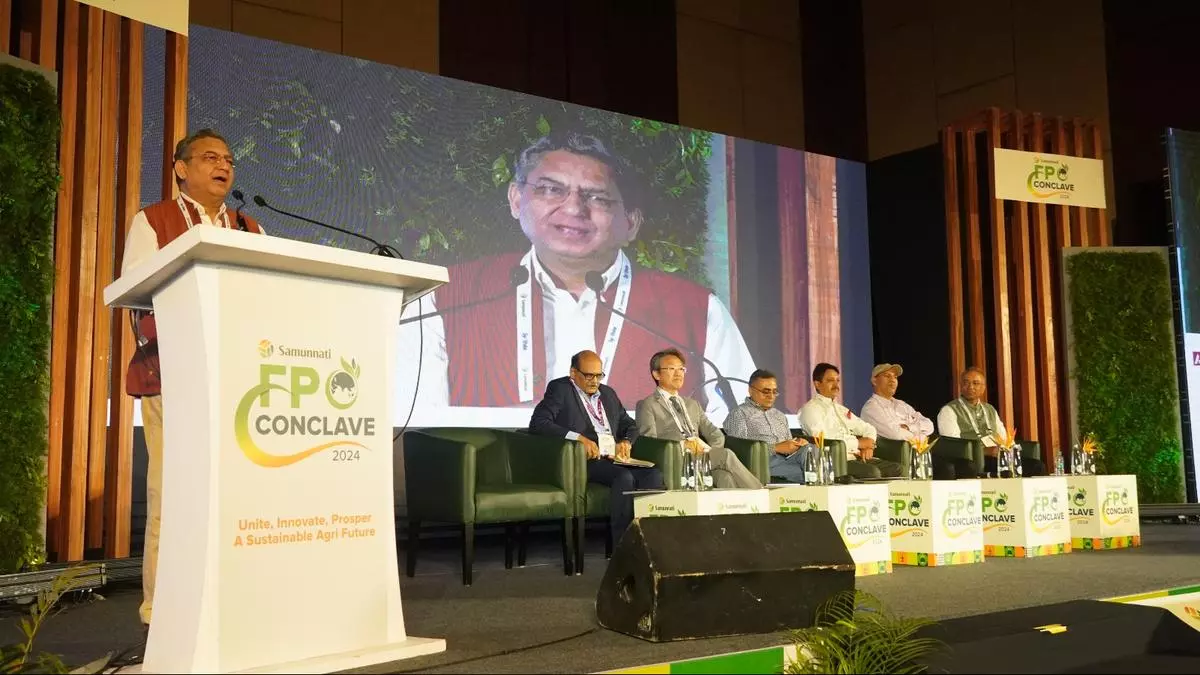
Leave A Comment